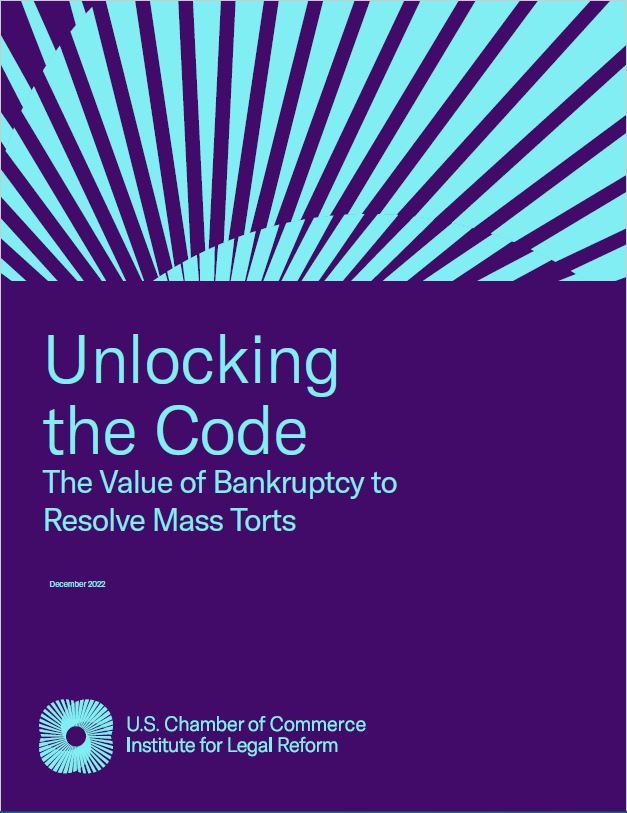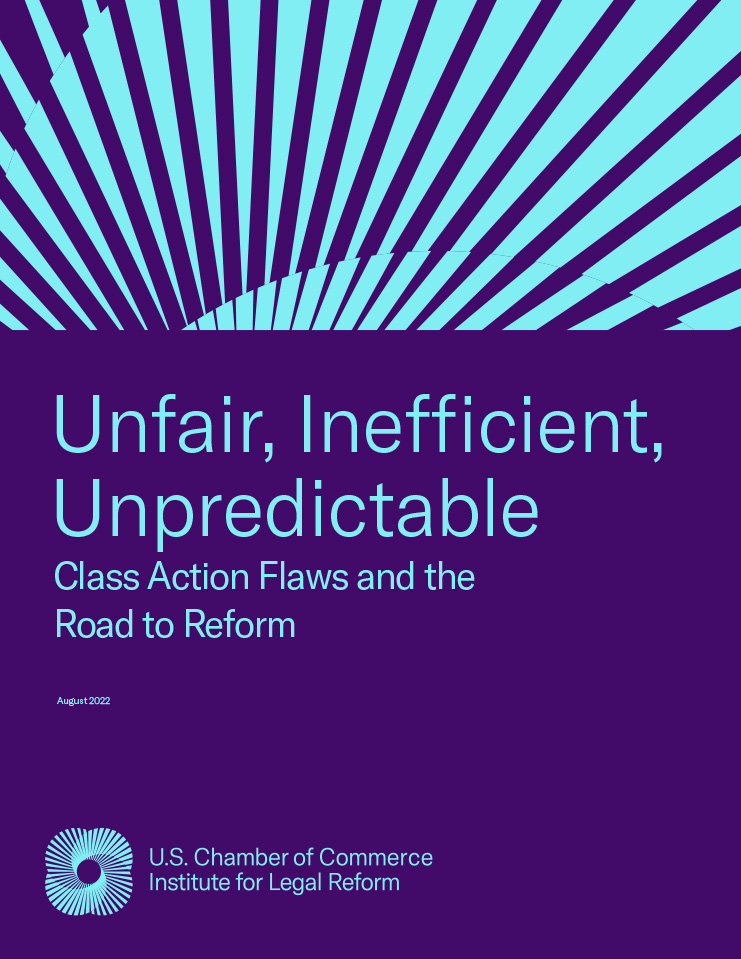Our current class action system was created more than half a century ago.
It has drifted far from its intended purpose.
Class actions are supposed to provide compensation to class members and to deter wrongful conduct. But all too often, they fail at both tasks.
First, very few potential class members ever see a dime from class actions supposedly brought on their behalf. A 2015 Consumer Financial Protection Bureau study found that, out of a sample of 562 cases, eighty-seven percent of resolved class actions resulted in no benefit to absent class members. Even when relief is made available to class members, its impact is often negligible.
Second, class actions are poorly suited to achieve their stated aim of deterring wrongful conduct. Socially beneficial deterrence occurs when a decision maker believes that choosing lawful conduct will avoid significant costs and penalties. Because virtually every class action in which the class is certified is settled with no judicial assessment of the underlying merits, however, the message to decision makers is that class action payments are simply part of the cost of doing business, no matter what steps a company takes to comply with the law.
Moreover, the class action system labors under an inherent conflict between the interests of the lawyers who bring the cases and the interests of class members. Too many cases are filed based on the ease with which a settlement may be extracted—with little or no focus on whether there is serious consumer harm. And too many cases are settled with illusory benefits to class members and large fees for lawyers. Recent court challenges to proposed settlements have illuminated the prevalence of these abusive practices.
There are solutions. More than twenty years ago, Congress recognized and addressed many of these problems in the context of securities class actions by enacting the Private Securities Litigation Reform Act. The Fairness in Class Action Litigation Act (FICALA) now before Congress would help to ensure that class actions are fulfilling their intended purpose by making several significant improvements, including:
- Requiring judges to determine, as part of cross examination, that “each proposed class member suffered the same type and scope of injury as the named class representative or representatives.”
- Prohibiting lawyers from representing a class when the named plaintiff is a relative of, employee of, or otherwise has a preexisting relationship with the plaintiffs’ counsel.
- Requiring courts to determine that there is an administratively feasible mechanism to identify at least a substantial majority of class members and distribute any monetary relief directly to them.
- Making disclosure of third party funding of cases filed as class actions mandatory.



